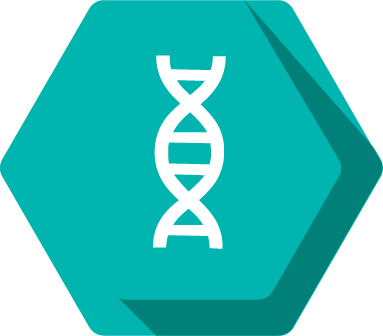Lynnae Gilman

Pronouns: she/her/hers
Research Mentor(s): Kayla Hale, PhD Candidate
Research Mentor School/College/Department: Ecology and Evolutionary Biology, College of Literature, Science, and the Arts
Presentation Date: Thursday, April 22, 2021
Session: Session 5 (3pm-3:50pm)
Breakout Room: Room 8
Presenter: 2
Abstract
Large scale ecological network data that includes multiple interaction types has frequently been called for in community ecology texts since the mid 1900s. However, a strong database with interaction data between different categories of organisms is still missing. Constructing a database of this type benefits many aspects of study such as ascertaining the overall health of an ecosystem or the relationship between species, including by understanding the ecological network structure. To construct such a database, we first used student projects to assemble a list of species present at the BioStation. Then, we used online resources of observations, taxonomic records, and academic papers to record all possible species interactions. Each source has different taxonomic specialties. Using these methods, we created a database that includes carnivory, herbivory, pollination, seed dispersal, and parasitism interactions between species from diverse taxonomic groups, including insects, birds, mammals, plants, and reptiles. From these, we assembled a comprehensive multiplex ecological network and created networks of different levels of resolution. Then, we identified gaps in taxonomic resolution and species interaction data available on the species at the BioStation. More research will have to be conducted, e.g., to identify predators of pollinators or record species-specific pollination links. Our database will be available to the public, meaning it can be used for education in classrooms and environmental conservation efforts, as well as available to researchers broadly.
Authors: Lynnae Gilman, Kayla R. S. Hale, Fernanda S. Valdovinos
Research Method: Library/Archival/Internet Research







